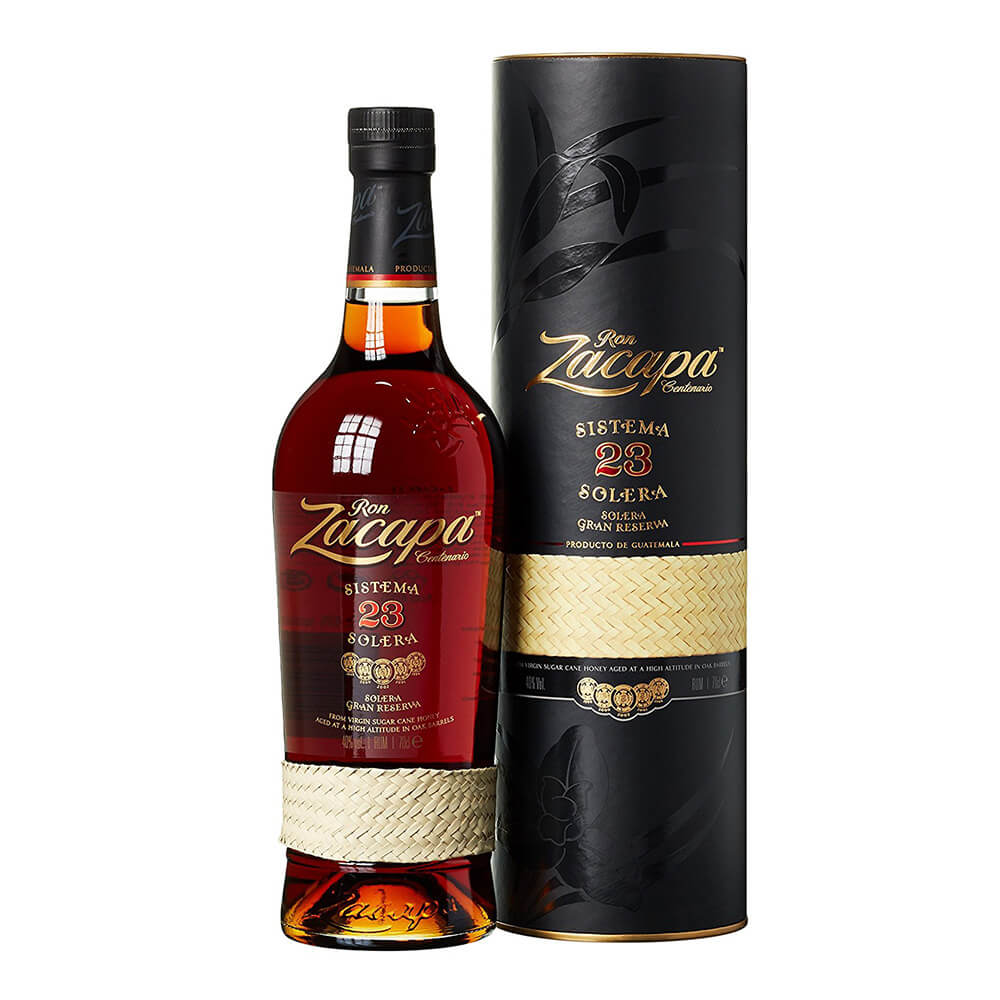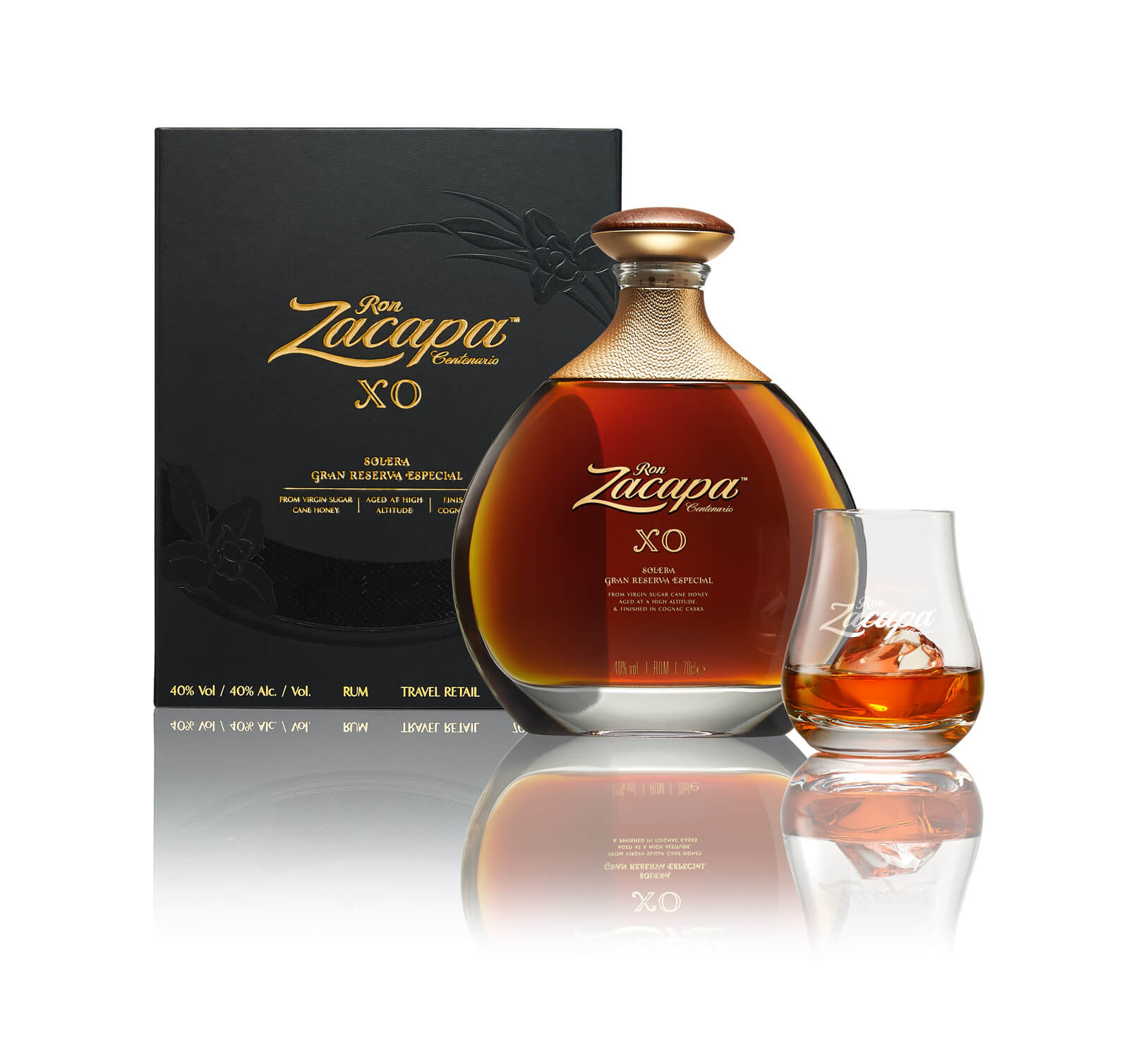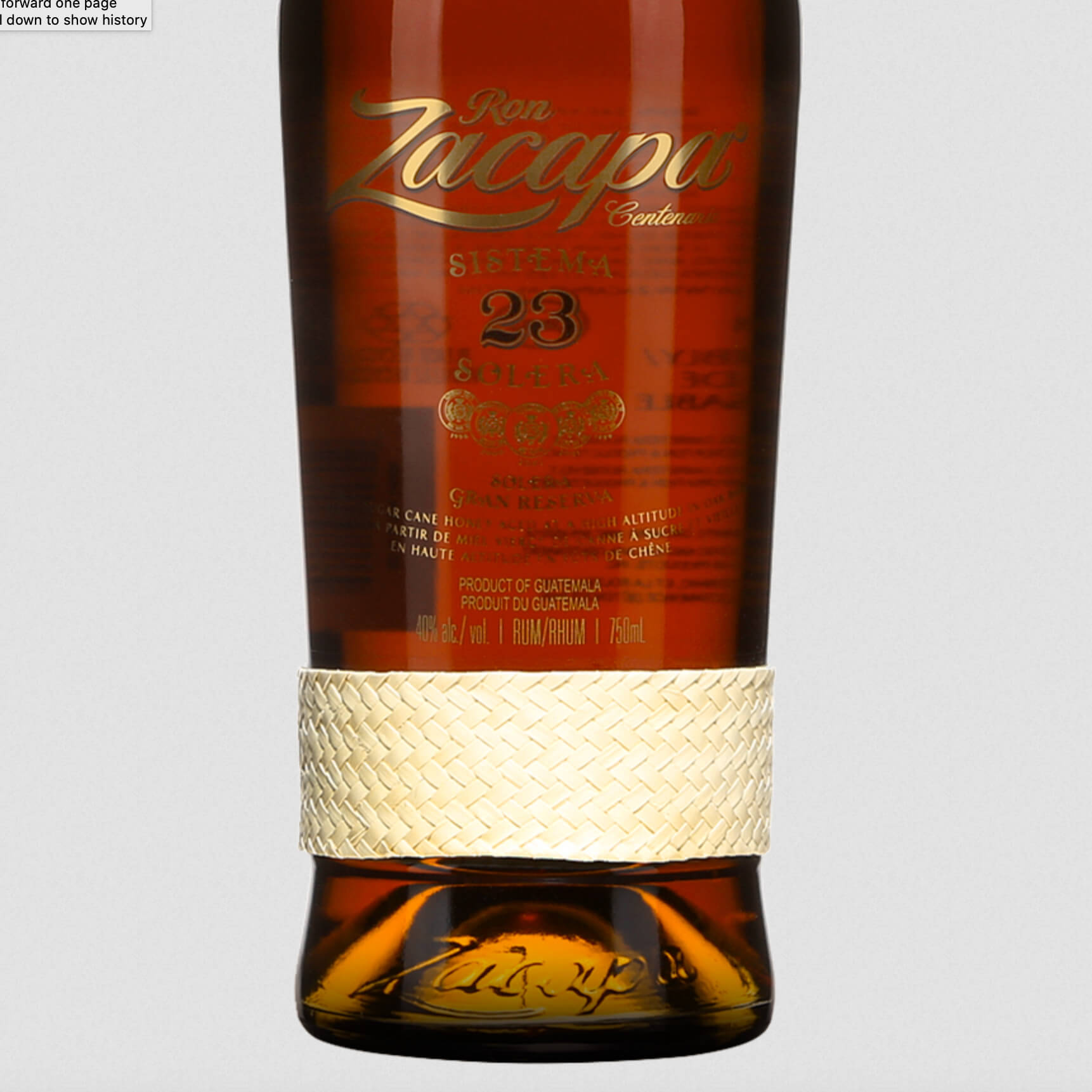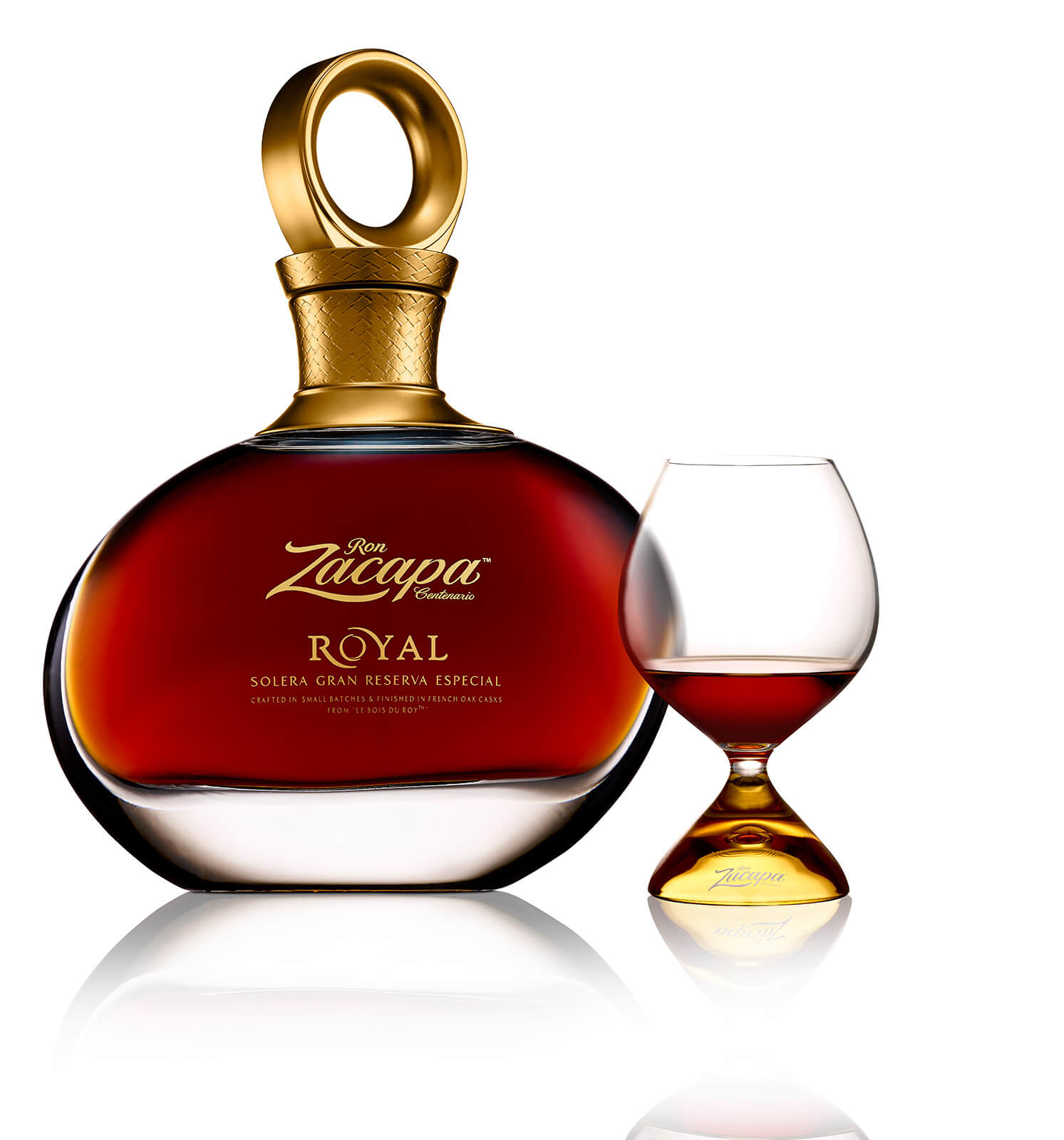Ron Zacapa Centenario: Guatemalan Rum From ‘The House Above The Clouds’
by Ken Gargett
Zacapa was one of the first rums ever that convinced me there was serious life in the category outside the ubiquitous Bundy. In Australia, Bundaberg Rum, “Bundy” in the Aussie vernacular, holds a massive percentage of both the dark rum category and spirits in general. However, while it makes some fine rums in the premium levels (an extraordinary 18-Year-Old some years ago was a stunner), these are rare – Bundy, as it is known to every Aussie, is very much a mixer (nothing at all wrong with that).
Indeed, most of us grew up believing “BundyandCoke” was one word. When an Aussie kid gets to the age of moving beyond a beer and dabbling with spirits, I’d wager 95 percent started with a Bundy and Coke. It is as Australian as cricket in summer, Christmas holidays at the beach, and a pie at the footy.
Zacapa was also certainly one of the very first brands to confirm that good rum is as deserving of respect and consideration as a sipping spirit.
The distillery’s full name is Ron Zacapa Centenario, but everyone calls it Zacapa. It has been named as one of the world’s Top 100 Most Valuable Luxury Brands. In 2018, it was ranked as the world’s leading ultra-premium rum and it was the first rum to be named to the International Rum Festival’s Hall of Fame.
Ron Zacapa Centenario from Guatemala
Zacapa is a town in eastern Guatemala, and the company was established in 1976 to celebrate the centenary of that very town.
Guatemala was hardly the first place one thought of when looking for great spirits, but Zacapa has established itself as one of the world’s best rum producers and is now, after the 2008 partnership with spirits and drinks giant Diageo, available in 120 countries.
After distillation in the lowlands of Guatemala, where the fertile volcanic soils are ideal for sugarcane (though Zacapa calls what it uses “sugar cane honey” rather than the traditional molasses – this is basically filtered and evaporated sugar cane juice, which is thicker and stays fresh longer than pure juice, but doesn’t go through as much of a refining process as molasses).
The rum is literally taken to the clouds – 2,300 meters above sea level – to the maturing facility.
Known as “the house above the clouds,” it is one of the highest spirit ageing facilities in the world. The average temperature is 58°F to 62°F, and at this height there is far less variation than at other elevations to the benefit of the maturing rum.
Zacapa’s master distiller is Lorena Vasquez, one of the few female master distillers in the world. Vasquez has held that role for many years, working with Zacapa and in rum, so to speak, for more than three and a half decades.
It was her decision to age the rums at such lofty heights, believing that this contributes to the “exceptionally deep aroma, full color, and rich flavor.” Vasquez clearly loves what she does and has said, “I consider myself to have one of the greatest jobs in the world.” Originally from Nicaragua, she moved to Guatemala at the time of the Nicaraguan War.
Zacapa uses what is known as the sistema solera for maturation, which is an adaptation of the traditional process of aging Spanish sherry. The barrels have previously held American whiskey or Spanish sherries, not least the wonderfully decadent Pedro Ximenez.
The art of blending the contents of these barrels remains crucial, and this is where Vasquez and her team come in. She notes that “differing from the sherry solera system, the barrels are changed every time a new mixture is realized, which gives an extraordinary depth of flavor.”
Ron Zacapa Centenario offers . . .
Zacapa’s most famous rum is the iconic Zacapa 23. There was a time when apparently it was based on rums of 23 years or more, but now the age range is 6 to 23 years.

Ron Zacapa Centenario 23
Again, the art of blending is important here, and no one should assume that because younger material is included that the rums are somehow less impressive. Those young components often add an essential freshness to the finished product.
I can see that by using “23” on the label, many consumers might be confused and even misled. For me, this rum is good enough not to need any sleight of hand. I’d be looking to rename it to remove any possible confusion. Of course, Zacapa is far from the only distillery in the world where labeling might confuse consumers.

Ron Zacapa XO
The brilliant XO is a blend of rums aged between 6 and 25 years – no confusion there.
The 23 has the immediately distinctive petate weaving around the neck of each bottle – a handwoven band from dried palm leaves – and Vasquez has worked closely to help support the 700 female weavers who supply the bands.

The Ron Zacapa Centenario 23 rum bottle features Petate weaving
Petate weaving is a Mayan tradition that dates back to 1400 BCE and was once reserved for royalty. This tradition began for Zacapa in 2000. The women weaving these bands buy the materials themselves but the income they can earn is twice the local average.
Many are widows from the more than three decades of armed conflict that afflicted Guatemala until the mid-1990s. The bands are also found on the less often seen Zacapa Edition Negra.
Vasquez believes she makes the greatest rum on the planet – many would agree – and works under an admirable philosophy: “You have to respect the consumers and give them the best rum of their lives.”
She says that making great rum is not easy, “but it’s a lot of fun.” One huge contribution she has made to the rum industry around the world is with her work by breaking “the rum-and-Coke paradigm and taking it to the level of luxury.”
Zacapa’s two-star products are the 23 and the XO, both of which I love. But they are noticeably different.
The people at Zacapa talk about their rums being seen as luxury premium spirits, rather than specifically rum. They want people to be as comfortable with their rums as they might be with a great malt or top cognac.
I think rum is headed that way. It will not be long before people think of the best rums alongside those other premium spirits (and the huge benefit rum lovers have is that until that happens, top rums are a bargain compared with those other spirits), although that does not mean they can’t be recognizably rum.
The 23 is most obviously a rum to me, and no one is going to think otherwise. The XO, however, is much more elegant and refined: I’ve often served it to friends, blind, and they have struggled to pick it as a rum.
Prices in Australia are AUD$100 and AUD$200 respectively, though they seem to vary considerably. Both of these rums are what should be termed sipping rums.
Include ice to the extent of personal preference but I really cannot think of anything else that would improve the rum. A total waste to use these rums for rum and Cokes or cocktails. That said, if someone was making a premium cocktail, where a richly flavored rum was needed, the 23 would work; 23 is the richer of the two and noticeably so.
Like all Zacapa rums, the 23 uses first pressings of the sugarcane only. A dark teak color. This is an intense rum with notes of raisins, caramel, dried fruits, dark coffee, butterscotch, vanilla, nuts and spices, notably cinnamon and nutmeg. Excellent length and a finely balanced rum.
Some will note the sweetness, but others find this appealing. For me, balance is the key.
The XO is slightly paler and a more refined style of rum in every sense. Again, there are nuts and caramel with oak, vanilla, almonds, coffee, mild chocolate, stone fruit, ginger, spices, and hints of dried fruits. There are more citrus notes to be found here, orange blossoms, and a lovely honeycomb character.
This is elegant and lingering, but it remains intense right throughout. Very finely balanced. For me, this is a go-to rum if ever there was one. If you have any friends who may blaspheme and suggest that rum cannot be an elegant and intriguing spirit that deserves to sit alongside any premium spirit in the world, serve them a glass of this over a single ice cube.

Ron Zacapa Royal
The new addition to the range is the piece de resistance: the Royal Solera Gran Reserva Especial (AUD$400). Beautifully presented, this is a blend of rums aged from 8 to 30 years in a mix of American whiskey casks, charred and re-charred, as well as former sherry and cognac casks.
Zacapa also uses the very rare French oak casks sourced exclusively from Le Bois du Roy, which come from four forests previously owned by royalty. Harvesting these forests has been restricted since the thirteenth century.
Again, a rum that demands to be sipped solo with just an ice cube, if that is your preference. Look for flavors of almonds, caramel, butterscotch, the finest Valrhona chocolate, stone fruits, honey, and more.
It is worth noting that the alcohol level here is slightly higher than is usual for Zacapa at 45 percent. This is a rum that is extremely limited so you may need to search widely for it. The search will be more than rewarding.
For more information, please visit www.zacaparum.com.
You may also enjoy:
Isla Del Tesoro: The World’s Rarest, Greatest Rum
Flor de Caña V Generaciones: Extremely Limited 30-Year-Old Single Barrel Rum
El Dorado 21-Year-Old Special Reserve Rum: Searching Out Guyana’s Rich, Liquid Gold
Diplomático Reserva Exclusiva Rum: The Richness And A Little Sweetness Of Venezuela
Flor de Caña 25-Year-Old Rum: The Volcanic Spirit Of Nicaragua
Leave a Reply
Want to join the discussion?Feel free to contribute!



just tried the rum today not bad I usually drink bundy or as I call it cane cutters cordial.
regards Noel
Thanks, Noel. Very different from Bundy.
As a Queenslander, I grew up on that stuff and still enjoy it.
Your mention of cane cutting is a subject close to my heart- my mother’s brothers were the pair who developed the cane-harvesting machines now used around the world (sadly, the family fortune went very much down the other side of the tree).